Museum of the Origins of Man
SCULPTURE IN POST-PALEOLITHIC TEMPLES
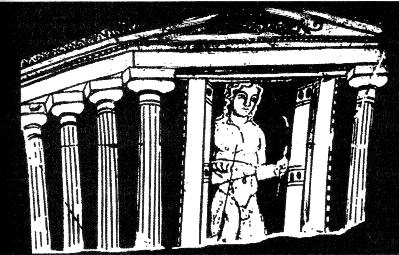 Fig. 35.1) Colossus inside a temple. It represents the deity Apollo.
Fig. 35.1) Colossus inside a temple. It represents the deity Apollo.
Drawing derived from a painted Greek vase.
Dating: about 385 BC.
Origin: Taranto, Italy.
NOTE: We interpret the image on the vase as a colossal sculpture of the deity Apollo, who was actually in the temple.
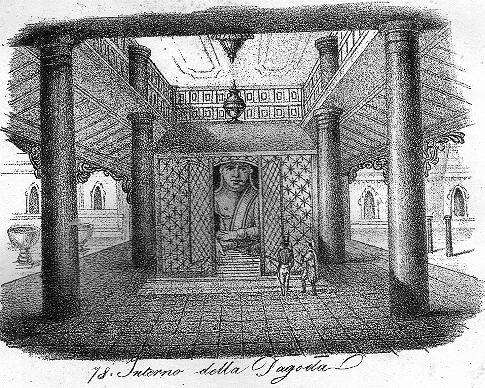 Fig. 35.2) Colossus inside a temple (pagoda).
Fig. 35.2) Colossus inside a temple (pagoda).
Drawing of the temple and the sculpture of the deity.
Size: evident in relation to the two people portrayed.
Location: Far East.
(from "Journey around the world", Venice, 1841)
NOTE: Post-paleolithic colossuses derive directly from Paleolithic ones.
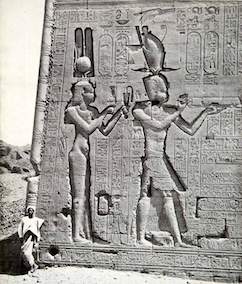 Fig. 35,es3) Colossus in the temple of the Egyptian goddess Hator.
Fig. 35,es3) Colossus in the temple of the Egyptian goddess Hator.
Cleopatra with her son Ptolemy XV Caesar (Caesarion)."
The small figure between the two colossuses is "Ka" (the soul or the double) of Caesarion.
Location: Temple of Denderah (Egypt), dedicated to Hator.
Size: evident from the person near the temple.
From a postcard of 1924.
NOTE : The Egyptian colossuses are of two types: in lateral view (like these), in bas-relief, and all-round (like Fig. 35.4). The head was carved by the master in one half; the other half was carved by the apprentices, that performed it perfectly identical.
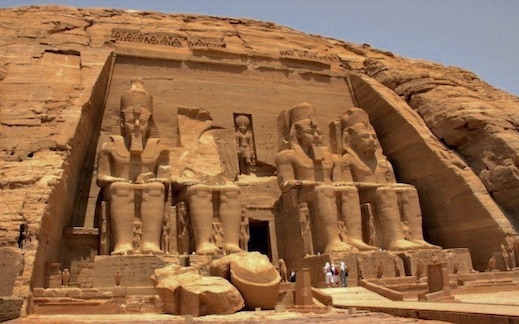 Fig. 35.4) Entrance to the Major Temple at Abu Simbel with four colossuses.
Fig. 35.4) Entrance to the Major Temple at Abu Simbel with four colossuses.
Each statue is 20 m high and is flanked by smaller sculptures of the Pharaoh's relatives; above and on the sides there are other statues.
It's a rock temple, excavated into the mountainside.
These giants originated from the tradition of Paleolithic and prehistoric post-Paleolithic giants. They were made using the Egyptians' art and science, and also with the wealth of the Pharaohs. Wealth component is important to the realization of Art.
The wealth component is important in the realization of art.
When these works were produced in Egypt, small images were scratched on the rocks in Val Camonica. Even today there is the same relationship between the art of our industrial and scientific civilization and that of the Bushmen, the hunters and gatherers people of Africa.
Size: the facade is 33 m high and 38 m wide.
Dating: XIII century BC during the kingdom of Pharaoh Ramses II.
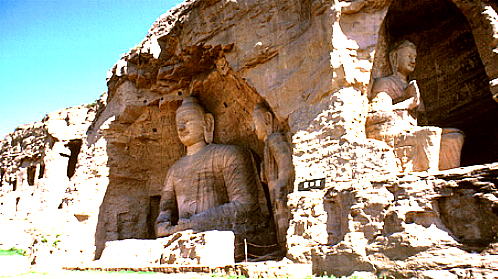 Fig. 35.5)Rock temple with Buddhist colossuses.
Fig. 35.5)Rock temple with Buddhist colossuses.
Caves of Yungang. In the cave n.20 there is the colossal Buddha, 13.5 m high.
Dating: V century AD.
Location: Mount Wuzhou, China.
NOTE: All religions with colossuses have a common origin.
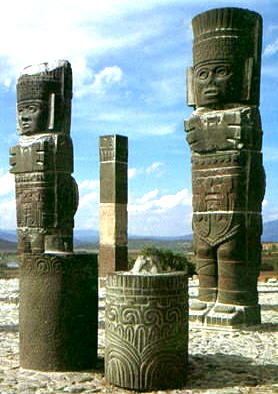 Fig. 35.6) Colossuses above the temple of Tula Idhalgo, Mexico.
Fig. 35.6) Colossuses above the temple of Tula Idhalgo, Mexico.
Are the Atlases that accompany the dead warriors to the sun.
Size: 4.50 m on average.
Dating: 700-1100 AD.
NOTE: Their location above the Temple meant the spiritual mission of the Atlases.
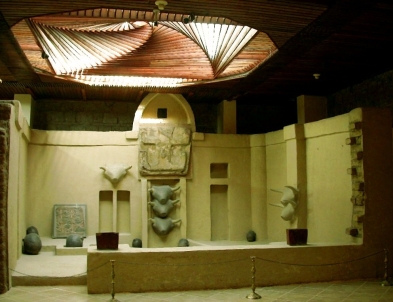 Fig. F22) Model of a temple of Neolithic and Chalcolithic proto-city settlement in southern Anatolia, with sculptures of religious subjects such as Taurus and the Mother Goddess.
Fig. F22) Model of a temple of Neolithic and Chalcolithic proto-city settlement in southern Anatolia, with sculptures of religious subjects such as Taurus and the Mother Goddess.
This small temple had earthen walls and was plastered.
Location: Museum of Anatolian Civilizations, Ankara (Turkey).
Dating: First half VI millennium B.C.
NEXT
Index
HOME PAGE
Copyright©1999-2020 by Museum of the Origins of Man, all rights reserved.







